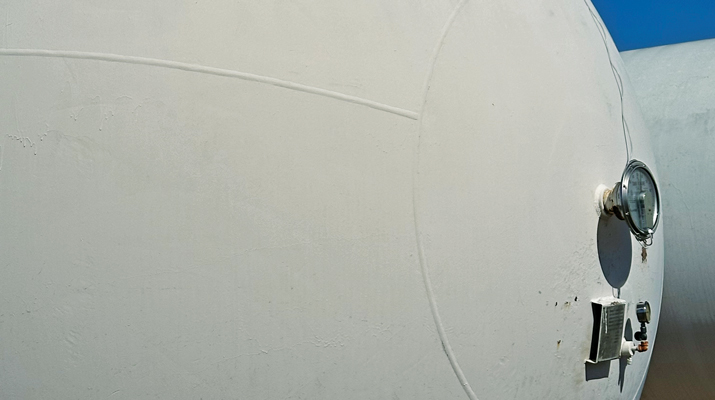Customer gas line maintenance not a standard supplier obligation
Recent explosions from leaking gas lines in California and elsewhere have triggered a focus on the maintenance of gas transmission systems in general.
Although the California incident involved a natural gas line, it has heightened the focus on all gas transmission lines when accidents occur.
It is the standard rule that gas lines in propane customer accounts are owned by the property owner. Leaks in propane lines usually occur in this customer-owned part of the line. This part of the gas system is generally seen as the responsibility of the homeowner or property owner to maintain, not the marketer supplying propane.
There are several reasons why a propane supplier might need to leak check a system already in operation – an out-of-gas situation, a report of a gas leak and others.
Absent a specific event or a request to conduct a leak check to an active system, however, the obligation to maintain the gas system owned by the customer does not fall to the gas supplier.
With this backdrop, here are several situations that deserve some thoughtful consideration for gas suppliers.
Look at your customer contracts. Make sure they do not obligate your company to be responsible for part of the gas line it does not own or control. In our work as defense counsel in gas explosion cases and in drafting agreements for gas company clients, we regularly see these customer contracts. It is not uncommon to find language that extends the obligation to maintain the gas system in general – or all of the gas lines in particular – to the gas supplier. This almost always comes as a surprise to our gas company clients.
Not only is it an obligation that isn’t generally required of gas companies, it is a difficult and often impossible contractual obligation to fulfill.
So take a moment and look at the contracts you have in place with your customers to see what they say. If it obligates you to maintain part of the system you don’t own (i.e., appliances and gas lines in the home or owned by the customer), consider changing the language with the help of legal counsel.
The focus changes slightly, however, if you install the gas system beyond the tank into the home and sell that part of the gas system to the customer. Your primary issue of concern then becomes faulty installation of those parts of the system.
It is a well-known saying that the closer your installation work is to the accident the more likely it is that your company will become a target in subsequent lawsuits. Record keeping will be critical. Your service person as a fact witness will be an important focus to your risk profile in the event of a loss.
A positive takeaway is that you can offer to provide ongoing maintenance of customer-owned systems – whether or not you installed them. This might be a proactive way to avoid future accidents and lead to service work for your company.
It also can help educate your customers on the dangers of not performing maintenance work and teach them that it is their responsibility to maintain the portion of the gas system they own.
These suggestions can readily be folded into your company’s business and safety practices.
As always, I encourage you to share your successful safety practices with your industry colleagues. The safer the industry is globally the better the industry and its customers will be in general.
















